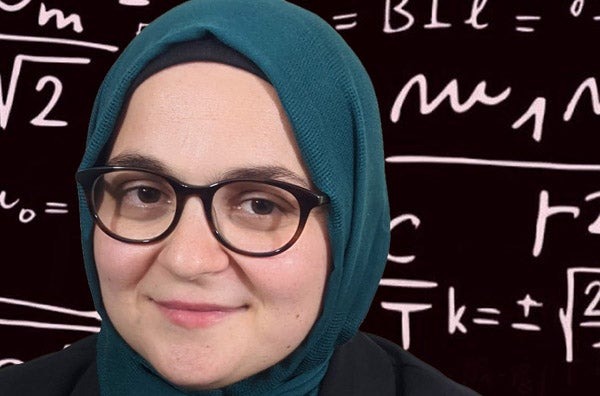The Path to the Learning Sciences
Over the course of my teaching career, I expected things to become clearer as I gained more experience. Instead, more questions about how to best teach math popped up. What does a good math curriculum look like? How do we help struggling learners? How do we best serve English learners (ELs) in a math classroom? My colleagues and I struggled with these issues every year. We implemented different strategies, but we were not able to find a satisfactory resolution. I now firmly believe that if we are to find solutions to these and other issues associated with teaching and learning, the solutions will come from the Learning Sciences field.
I decided to be a teacher while still in high school. I appreciated how my teachers helped me expand my horizons and better understand the world around me. I wanted to do the same thing for my students. After completing my undergraduate studies, I spent the next nine years teaching math at three different schools to various student groups across all grades six to twelve. At first, I attributed the lack of clarity about how to best teach math to my lack of experience. By year eight, I noticed that some issues persisted and the solutions my colleagues and I tried simply did not work. We tried switching to a block schedule, purchasing pricey intervention materials, implementing a new math curriculum, and participating in summer PD sessions. None of these attempts brought about the change we were hoping to see.
The implementation of a new math curriculum, selected as a solution to the district’s teaching and learning issues, was particularly frustrating.. Administrators told us it was going to help us meet the needs of our students, particularly our struggling students. Teachers attended multiple PD sessions so that we could successfully implement the new program. The program was so good, our administrators told us, that we were to implement it as it was written - no changes or substitutions allowed. As our students continued to struggle, the administrators changed their approach. They began to question if we teachers were not making necessary changes to the curriculum.
There was a similar frustration when it came to ELs. The school had a large number of newcomers, some of whom had gaps in their schooling. Over the years, the school tried different things to meet the students’ needs, like implementing a sheltered math class or pushing the students into a regular math class with an aide. One year, someone even suggested that the newcomer ELs could be pushed into a regular math class but they didn’t need to receive a grade for math because the students would not have an aide that year. Everyone had an idea how to resolve these issues but the solutions were based more on opinions than research. These experiences made me realize how insufficient our understanding of the process of teaching and learning is.
At the end of my ninth year of teaching, I made the difficult decision to resign. I wanted to find effective solutions to the issues surrounding math teaching and learning. Teachers and administrators clearly did not have the knowledge and tools they needed and I wanted to change this. I first enrolled in a Curriculum and Instruction EdD program. One day during a Googling session, I stumbled upon the Learning Sciences field. I read that the Learning Sciences field is an interdisciplinary approach to increasing our understanding of teaching and learning. I also read that it is about the development and implementation of learning innovations to improve instructional methodologies. As I looked more into the field, I realized that the Learning Sciences has the potential to produce the solutions I was looking for. Multi-dimensional issues require multi-dimensional solutions, so the interdisciplinary approach of the Learning Sciences is a great fit for the complexities of today’s classrooms. That’s how I came to the Learning Sciences Research Institute, where I’m grateful to be working on finding ways to improve the teaching and learning of math.
Enisa Heading link
Bio
Enisa Selimbegovic Akgul is a second-year Ph.D. student in the learning sciences. Enisa is a featured blogger, examining student perspectives, this semester and next. Prior to joining the program she taught mathematics for nine years in Chicago Public Schools and Skokie. Enisa’s advisor is Alison Castro Superfine and her research interests focus on teacher learning.
Picture

Enisa Selimbegovic Akgul